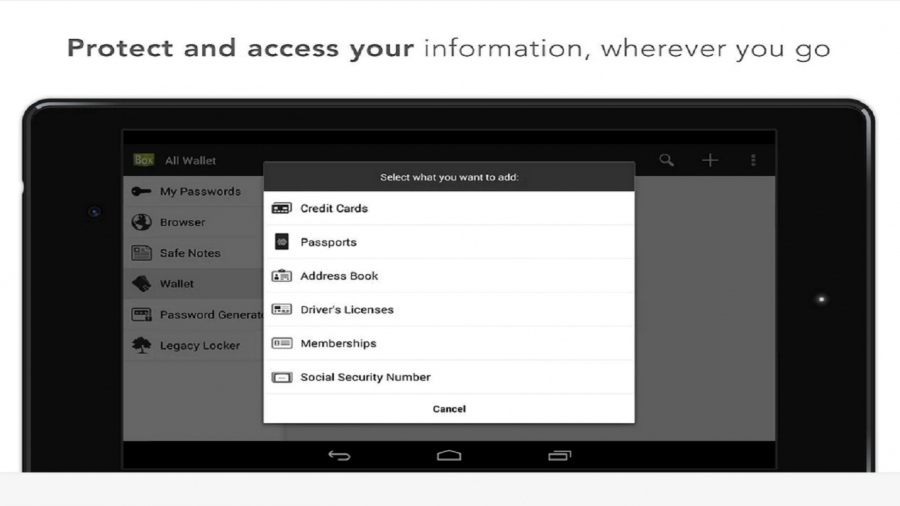
RoutingStrategy. RadioBtn_VMEvent = EventManager.RegisterRoutedEvent("RadioBtn_VMEvent", Public class ViewModelClass : Window, INotifyPropert圜hangedĬmdShowMessage = new ShowMsgCmdClass(this) Public object ConvertBack(object value, Type targetType, object parameter, culture) StringComparison.InvariantCultureIgnoreCase) What you get is exceptional performance and a sleek end-user experience. Use Telerik UI Controls to display large amounts of data, with virtually no performance trade-off. String targetvalue = parameter.ToString() Telerik UI for Silverlight enhance user experience by providing both UI and data virtualization. Public object Convert(object value, Type targetType, object parameter, culture) Public class M圜onverter : IValueConverter ViewModelClass : Window, INotifyPropert圜hanged/ Private void Window_Closing(object sender, e) MessageBox.Show("MainWindow ->RadioBtn:" + vmc1.CurrentOption) Private void ExchangeRadioBtn(object sender, RoutedEventArgs e) ViewModelClass vmc1 = new ViewModelClass()
#Telerik passwordbox mvvm how to
#Telerik passwordbox mvvm code
The chunk of code is not a valid Kendo UI MVVM binding declaration. Although bindings look like JavaScript code, they are not. In such scenarios, the widget options must be set with custom MVVM binding.īindings are not JavaScript code. This mask will be parsed as a number and the widget will receive a single 9-digit in its initialization method, instead of a "09" string. Some Kendo UI widgets accept string options, which represent numbers and can be parsed as such, for example. The MVVM pattern works only with external templates, thus the CSP compatible templates cannot be used in an MVVM scenario.The Kendo UI MVVM also supports data binding to nested View-Model fields. The data-template attributes cannot contain inline template definitions, but only ID's of external templates.var viewModel = kendo.observable(]" configuration is incorrect. To declare your View-Model use the kendo.observable function and pass it a JavaScript object. The View-Model is a representation of your data (the Model) which will be displayed in the View. If you want to create Kendo UI widget instances via the MVVM pattern, then do not use server wrappers for these instances. Using wrappers is equivalent to jQuery plugin syntax initialization. Kendo UI MVVM initialization is not designed to be combined with the Kendo UI server wrappers. The Kendo UI MVVM component is an implementation of the MVVM pattern which seamlessly integrates with the rest of the Kendo UI framework-Kendo UI widgets and Kendo UI DataSource.

The View-Model part of the MVVM is responsible for exposing the data objects from the Model in such a way that those objects are easily consumed in the View. Model View ViewModel (MVVM) is a design pattern which helps developers separate the Model, which is the data, from the View, which is the user interface (UI).

#Telerik passwordbox mvvm trial
Download free 30-day trial MVVM Pattern Overview


 0 kommentar(er)
0 kommentar(er)
